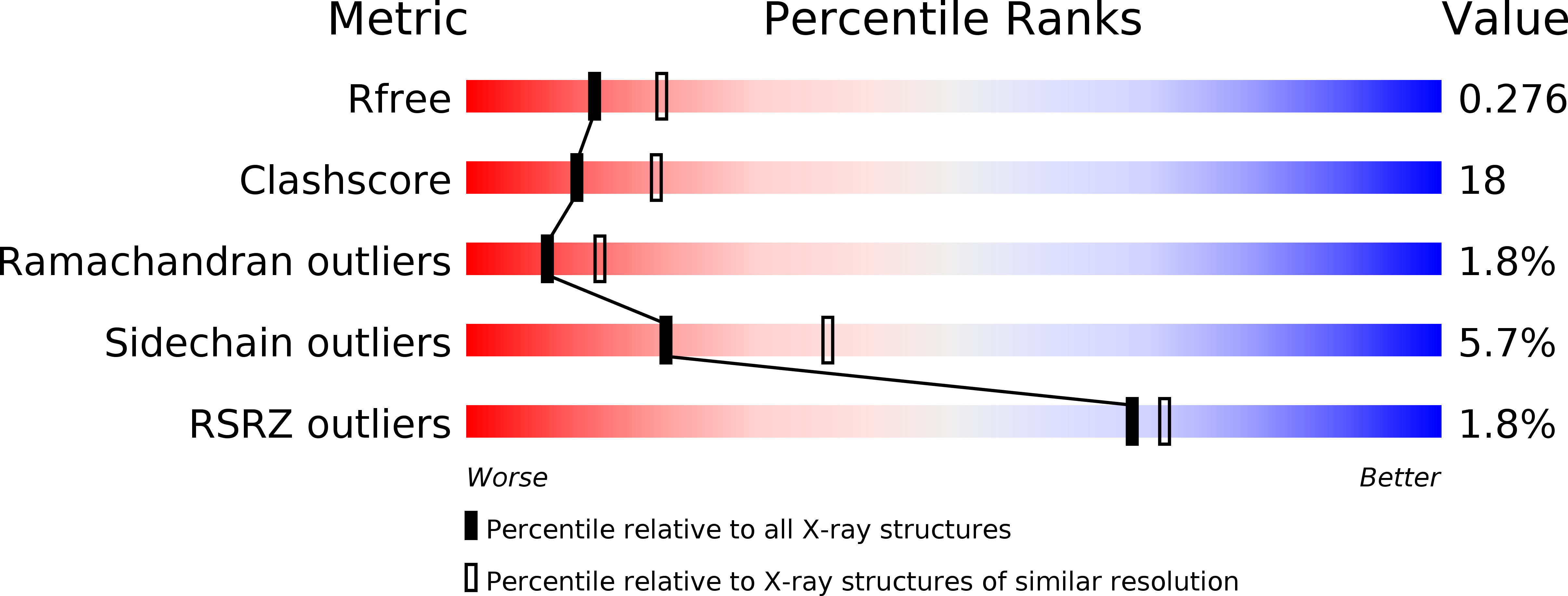
Deposition Date
2005-10-20
Release Date
2006-06-13
Last Version Date
2024-11-20
Entry Detail
PDB ID:
2BDN
Keywords:
Title:
Crystal structure of human MCP-1 bound to a blocking antibody, 11K2
Biological Source:
Source Organism:
Mus musculus (Taxon ID: 10090)
Host Organism:
Method Details:
Experimental Method:
Resolution:
2.53 Å
R-Value Free:
0.27
R-Value Work:
0.21
R-Value Observed:
0.22
Space Group:
C 2 2 21


